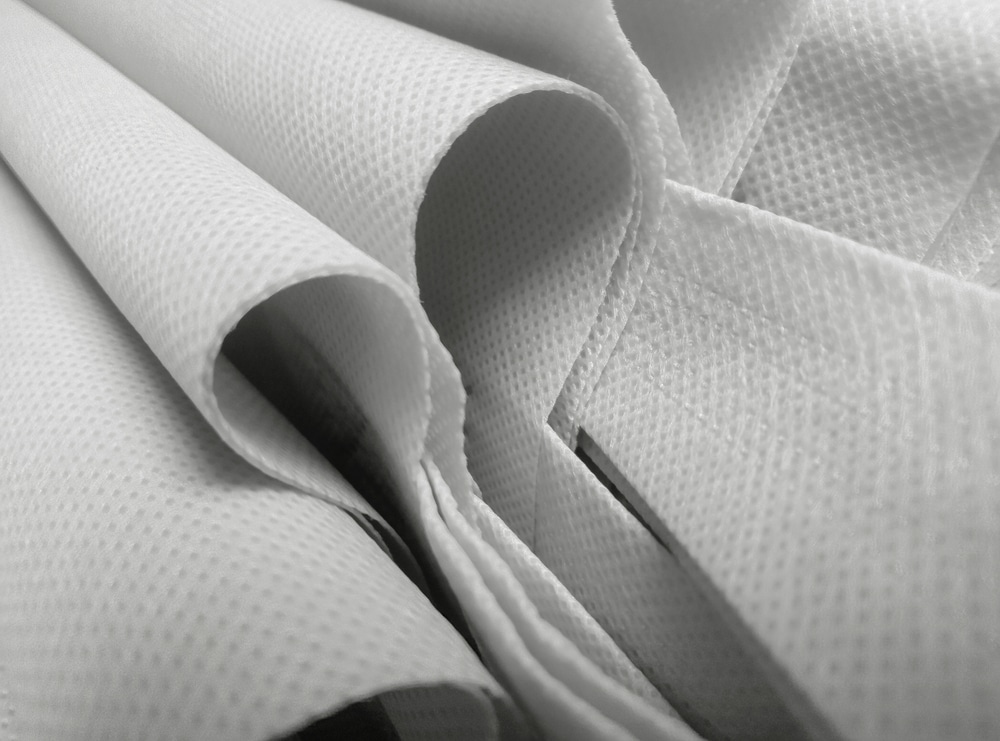Industrial textiles have been expressly developed and engineered to be used in goods, processes, or services primarily provided by industries other than textiles. Technical textile usually refers to any cloth created and employed for a non-decorative function. They are designed with performance in mind. It is possible to tailor industrial textiles to include any number of physical characteristics. Technical textiles are another name for industrial textiles which use a wide range of fibers and filaments depending on the intended application of the final product. Natural and synthetic raw materials are both used by manufacturers. Cotton, jute, silk, and coir are among the most common natural fibers.
When individuals grew more aware of fashion throughout the Industrial Revolution, they began to buy clothing for style rather than necessity. To get by before the Revolution, many made their garments from scratch. Textiles were no longer the primary focus, as apparel was, and new items were introduced as a result. Industrial, medical, environmental, geotechnical and construction textiles, as well as textiles used in transportation, aircraft and the military, and textiles for agriculture, forestry, and fishing, all fall within the broad category of specialty textiles. Lawn mower bags and mops/squeegees, and Spacer mesh are some examples of textile items.
Major Industries in Textile Products
During the Industrial Revolution, the textile business increased dramatically because customers wanted more fabric. Therefore, merchants had to compete with one another for the materials they needed to produce it. As a result, consumers faced an increase in the price of their favorite items. As a result, most of the time, industrial textiles will have a robust execution of stringent criteria on clothes to meet safety regulations. On the other hand, the apparel sector is not considered to be one that uses industrial textiles. The agriculture business, the textile industry’s largest market; the medical industry; and the military all play significant roles in the textile product market.
Military Use
The textile sector is prepared to meet the military’s varied requirements in various ways. Textile mills specifically tailor the clothing and equipment worn by military troops to satisfy their requirements. Tents, which are beneficial in camping activities, camouflage materials during conflicts, and other scenarios that provide protection to military troops, are all applications for industrial textiles that the military finds widespread use for in various settings. Today, most of the world’s armed forces, including the army, navy, air force, and paramilitary forces, use camouflage fabrics. This is because the use of camouflage fabrics increased the safety factor for each and every soldier, and the nature of the fabric improved both the level of comfort and the level of roughness.
Medical Industry
Medical and allied healthcare and hygiene sectors are a developing portion of the textile industry. Healthcare has traditionally relied on textiles. For the hygiene, care, and safety of workers and patients, the goods are often applied in the operating room theatre or on the hospital ward. Patient drapes and cover cloths of various sizes are some of the items found in an operating room. The operating room must be kept clean at all times, and infection control must be strictly enforced during surgical procedures. Bio-medical textile refers to a combination of textile and medical science known as medical textile or Meditech. Fabrics that have been designed and manufactured to be used for a range of medical purposes are referred to as medical textiles. Medical textiles typically contain one of four types of fabric. These are as follows:
Read more: Importance of Industrial Textiles










